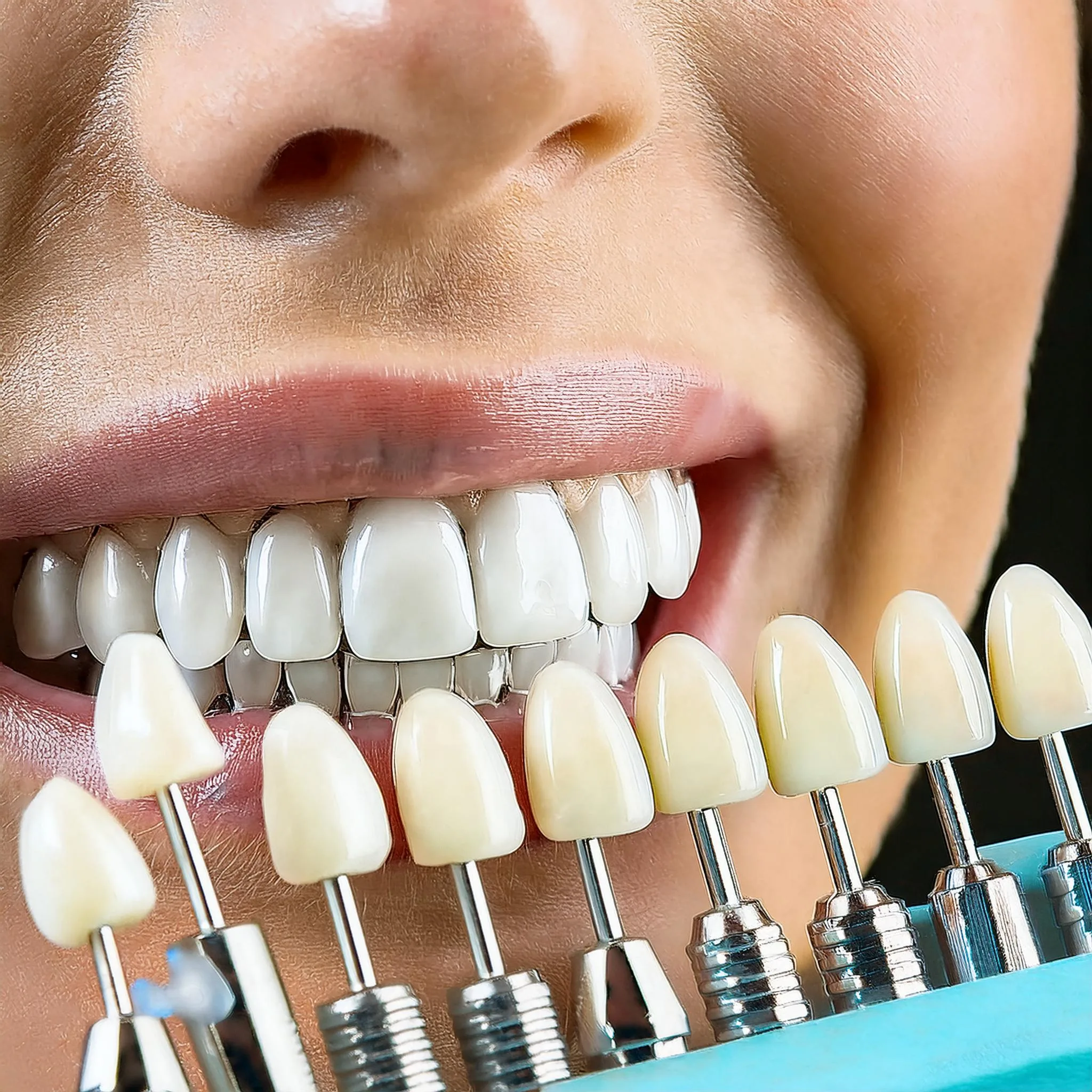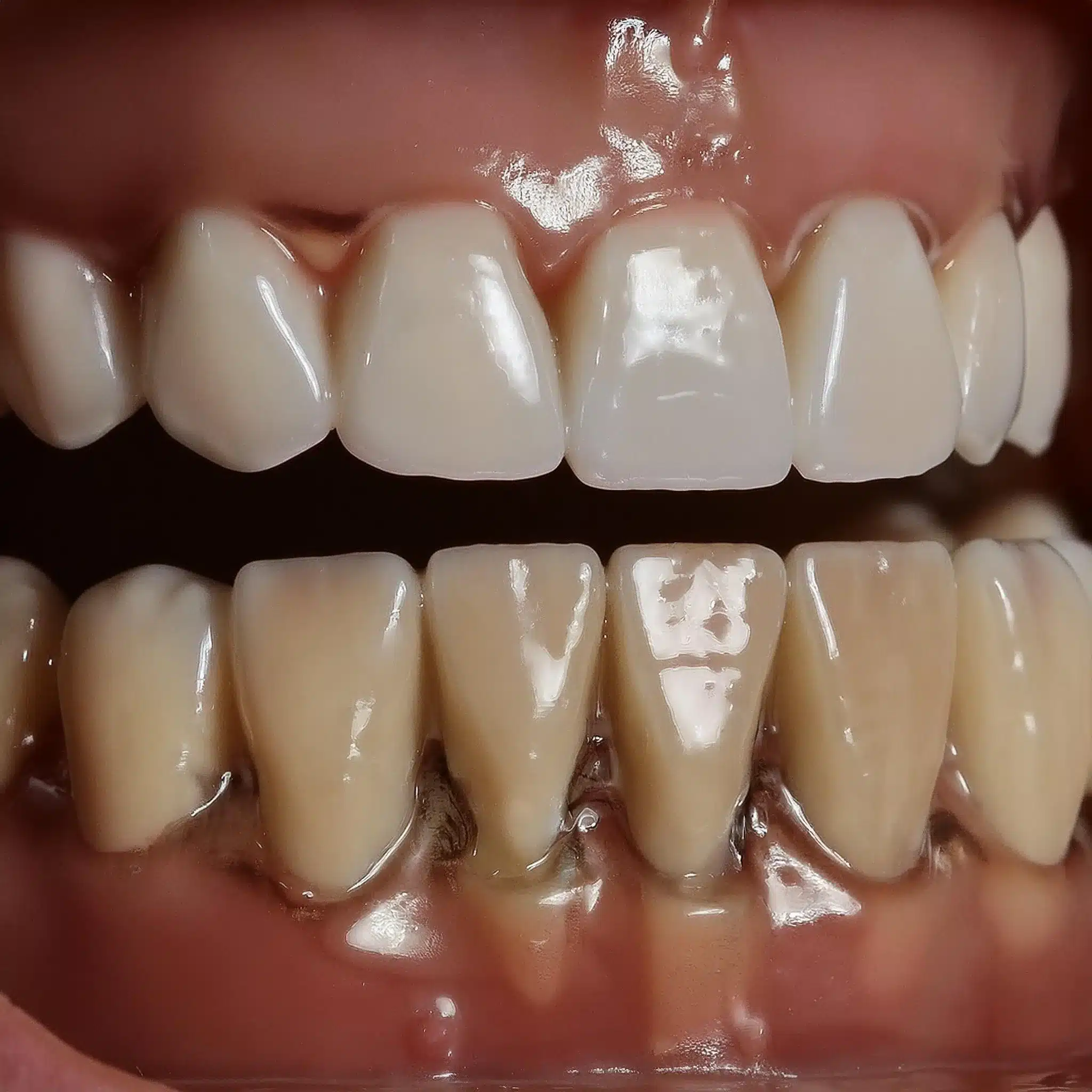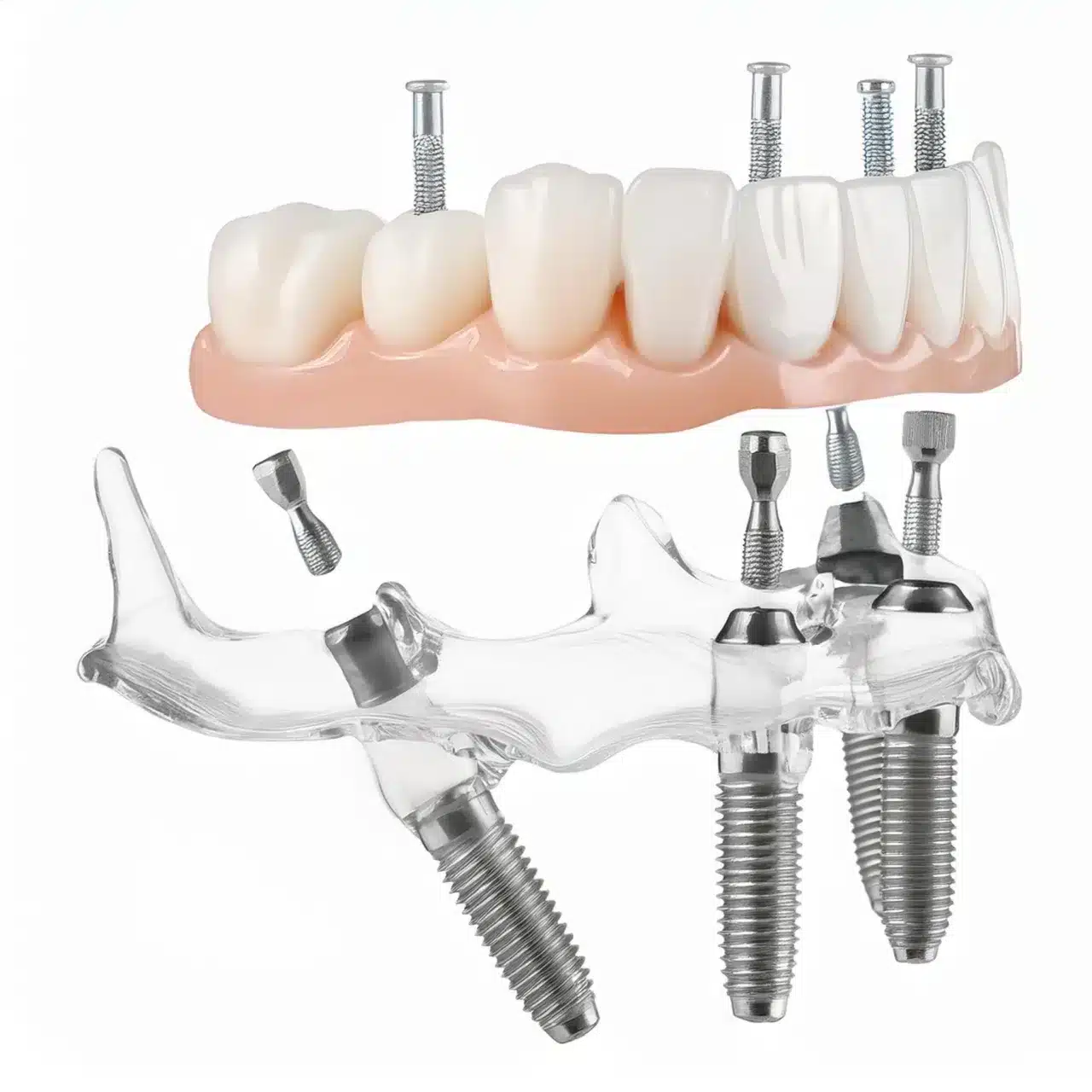If you’re considering dental implants but have been told you don’t have enough bone in your upper jaw, a sinus lift may be the answer.
This procedure addresses the common problem of insufficient bone height but what does it entail and how well does it work?
What is a Sinus Lift?
A sinus lift is a surgical procedure that increases bone in the upper jaw for dental implants. It involves lifting the sinus membrane and adding bone graft material. This is necessary when there’s insufficient bone. Sinus lifts have a high success rate, with studies showing 97-100% implant survival. Recovery typically involves minor discomfort, with full healing within 4–12 weeks.

When is a Sinus Lift Necessary?
A sinus lift is necessary when there isn’t enough bone height in the upper jaw for dental implants.
This can happen for many reasons, such as bone loss from periodontal disease, tooth loss or the natural anatomy of the sinus cavity.
Knowing when this procedure is needed helps patients make informed decisions about their dental health.
Indications for Surgery
Insufficient Bone Height: One of the main reasons for a sinus lift is lack of enough bone height in the upper jaw, which is necessary for dental implants to be stable.
This is measured before implant placement to determine if augmentation is needed.
Bone Loss from Tooth Extraction: After a tooth is extracted, the surrounding bone can start to resorb or shrink.This bone loss can be significant enough to require a sinus lift to provide enough support for an implant.
In some cases, a ridge augmentation may be performed alongside a sinus lift to address both vertical and horizontal bone loss in the jaw.Periodontal Disease: Chronic gum disease can cause bone loss in the jaw. If this happens in the upper jaw, it can reduce the available bone height for implants, making a sinus lift necessary.
Natural Sinus Anatomy: Some people naturally have a sinus cavity that is too close to the upper jaw, leaving not enough bone for implant placement.
In this case, a sinus lift can create the space and bone support.

Procedures and Techniques
Sinus lift procedures have evolved and there are various techniques to accommodate different patient needs and anatomical considerations.
These techniques increase bone height in the upper jaw to provide a stable foundation for dental implants.
Graftless vs Traditional
Graftless: This new approach eliminates the need for bone grafts and relies on the body’s natural healing process to regenerate bone.
Studies show graftless sinus lifts have a 97.92% implant survival rate (2).
This is ideal for patients who want a less invasive procedure and don’t want to risk the complications associated with graft materials.
Tradicionale: These involve the use of bone grafts such as autografts (patient’s own bone), allografts (donor bone), or xenografts (animal bone) to increase bone volume.
Traditional sinus lifts have a 98.73% implant survival rate (3).
The type of graft material used can affect the healing process and overall success of the procedure.
Comparison: Both have their advantages and are chosen based on the patient’s needs and the surgeon’s expertise.
Graftless is quicker recovery time and less risk of infection, while traditional is more predictable in terms of bone volume increase.
These procedures are designed to get the best possible outcome for dental implant placement with consideration of the patient’s anatomy and preference.
| Technique Type | Materials Used | Implant Survival Rate | Koha e rikuperimit |
|---|---|---|---|
| Graftless Technique | None | 97.92% | Quicker Recovery |
| Traditional Method | Autografts, Allografts, Xenografts | 98.73% | Rimëkëmbje më e gjatë |
Materials used in Sinus Lifts
The choice of materials in sinus lift is crucial for dental implants.
Various materials are used to augment the bone in the upper jaw, each with its own advantages and considerations.
Types of Materials
Bio-Oss: This is the most commonly used material in sinus lifts, derived from sterilized cattle bone.
It is processed to ensure safety and compatibility with human tissue (2).
Autogenous Bone: This material is taken from the patient’s own body, usually from the chin or back of the jaw.
It has the highest success rate because of its natural origin and can integrate well with existing bone (3).
Demineralized Lyophilized Bone Graft: This type of graft is made from human bone that has been processed to remove minerals, making it more porous and conducive to new bone growth (3).
Bioglass and PepGen P-15: These are synthetic materials designed to promote bone regeneration.
Used in combination with other graft materials to enhance the healing process (3).
Oxidized Regenerated Cellulose (Surgicel): This material is used to close tears in the Schneiderian membrane during sinus lift procedures to ensure the integrity of the sinus cavity (1).
Porous Hydroxyapatite: When mixed with autogenous bone, this material enhances bone formation and the contact between bone and implant in augmented sinuses (2).
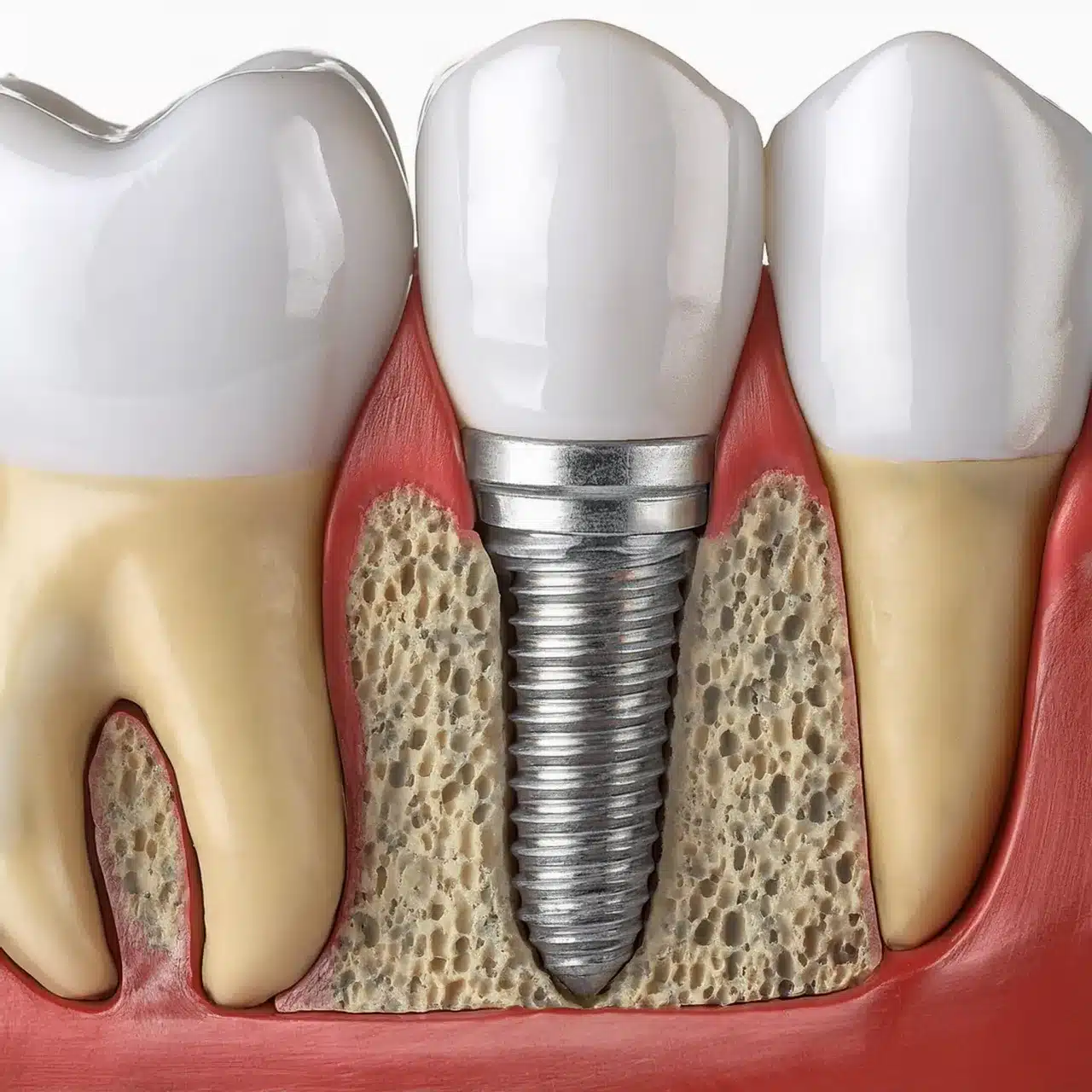
Expected Outcomes and Recovery
Understanding the expected outcomes and recovery process of a sinus lift is crucial for patients considering dental implants.
This section will give you an idea of the healing process, post-operative instructions and what to expect during the recovery period.
Post-Operative Instructions
Immediate Recovery: In the first 24-48 hours post-surgery, patients can expect some discomfort, swelling, or slight bleeding.
To alleviate these symptoms, use ice packs to reduce facial swelling, take prescribed medicines or over-the-counter pain medication, use gauze pads to control any unexpected bleeding, do not lift heavy objects or strenuous activities, and follow a diet of soft foods; avoid hard or crunchy foods (2).
Diet and Hydration: A high-protein soft diet is recommended; include foods like scrambled eggs. Increase fluid intake to at least 4 8-ounce glasses a day and avoid using a straw.
Gradually increase the diet to solid foods and do not skip meals for proper healing (2).
Oral Hygiene: Good oral hygiene by rinsing the mouth gently with warm water with half a teaspoon of salt dissolved or a medicated rinse is important.
Brush teeth twice a day; gentleness around the surgical site is also recommended (2).

Avoid Smoking: Smoking should be avoided for at least 5 days and ideally for the duration of healing as it increases the chances of successful bone graft and implant integration (2).
Follow-up Appointments: Patients will be scheduled for follow-up appointments to ensure proper healing. Any stitches that have not dissolved will be removed during these visits (3).
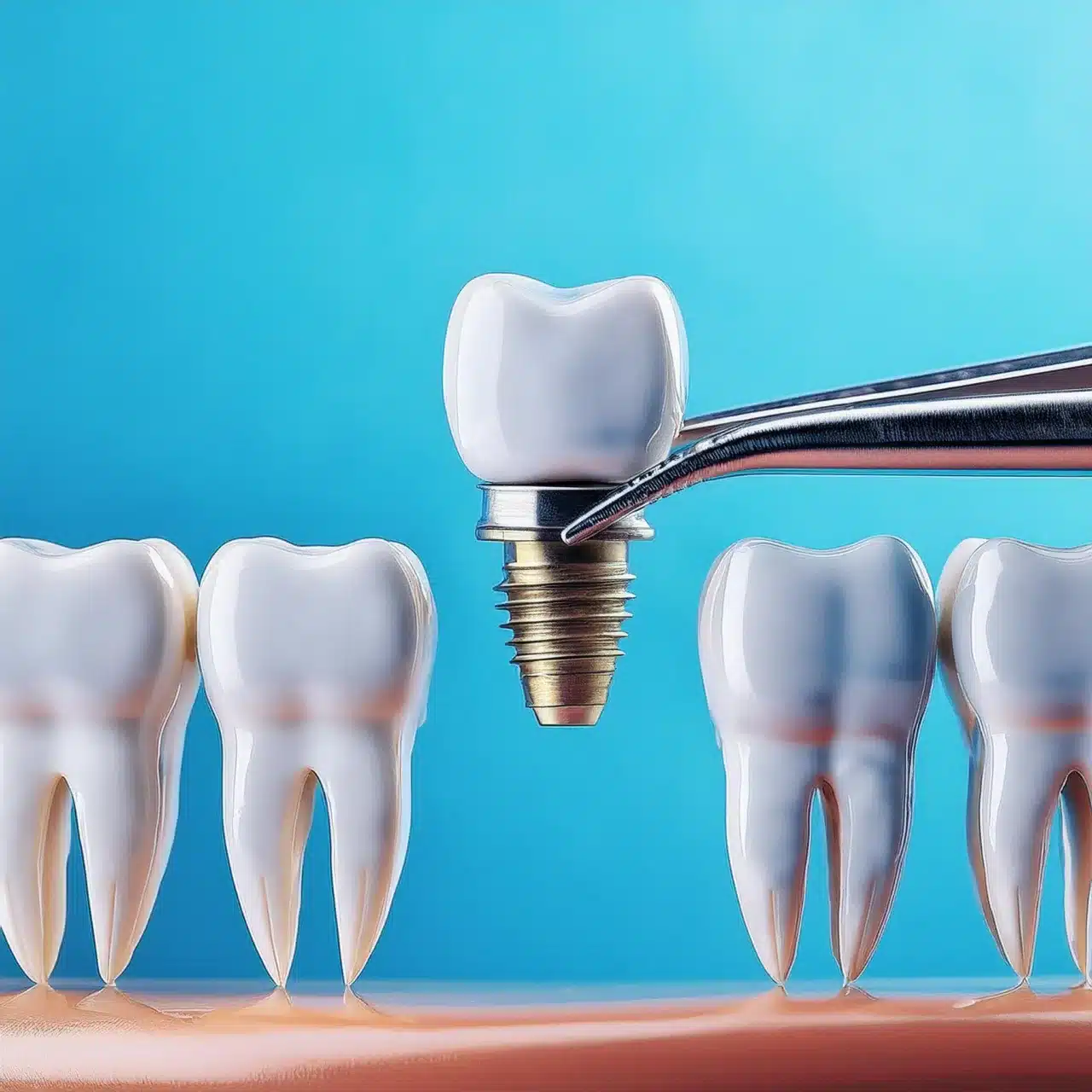
Risks and Complications
While sinus lift is a safe and effective procedure, there are potential risks and complications that patients should be aware of.
Knowing these risks will help you make informed decisions and manage your expectations.
Common Complications
Sinus Infections: One of the risks of sinus lift surgery is sinus infections.
These are rare but can occur with any surgical procedure (1).
Implant Failure: Although rare, implant failure can occur.
This can be due to various reasons, including inadequate bone integration or infection (3).
Gum Recession: Gum recession around the implant site is another possible complication. This can affect the aesthetic outcome and may require additional treatment (3).

Bone Loss: Over time, there can be bone loss around the implant, which can compromise its stability.
Regular follow-up appointments are important to monitor and address this (3).
Nerve Damage: There is a risk of nerve damage during the procedure, which can result to numbness or altered sensation in the affected area (3).
Chronic Sinusitis: Patients with preexisting sinus conditions are at higher risk of developing chronic sinusitis after a sinus lift procedure (2).
Përfundim & Çështje kryesore
Çelës-Takeaways
Shkalla e lartë e suksesit: Sinus Lift has a high success rate, 97.0% for 1-stage and 97.4% for 2-stage (2).
Koha e rikuperimit: The final stage of sinus lift recovery is 2–6 months, depending on the healing process (1).
Implant Failure Rate: Early implant failure was 2.8% of the cases, significantly associated with large sinus cavities and intraoperative complications (3).
Success Rate Over Time: The success rate of dental implants in sinus lifts was 95.2% at 24 months, 100% success for cases with bone height ≥ 4 mm (2).
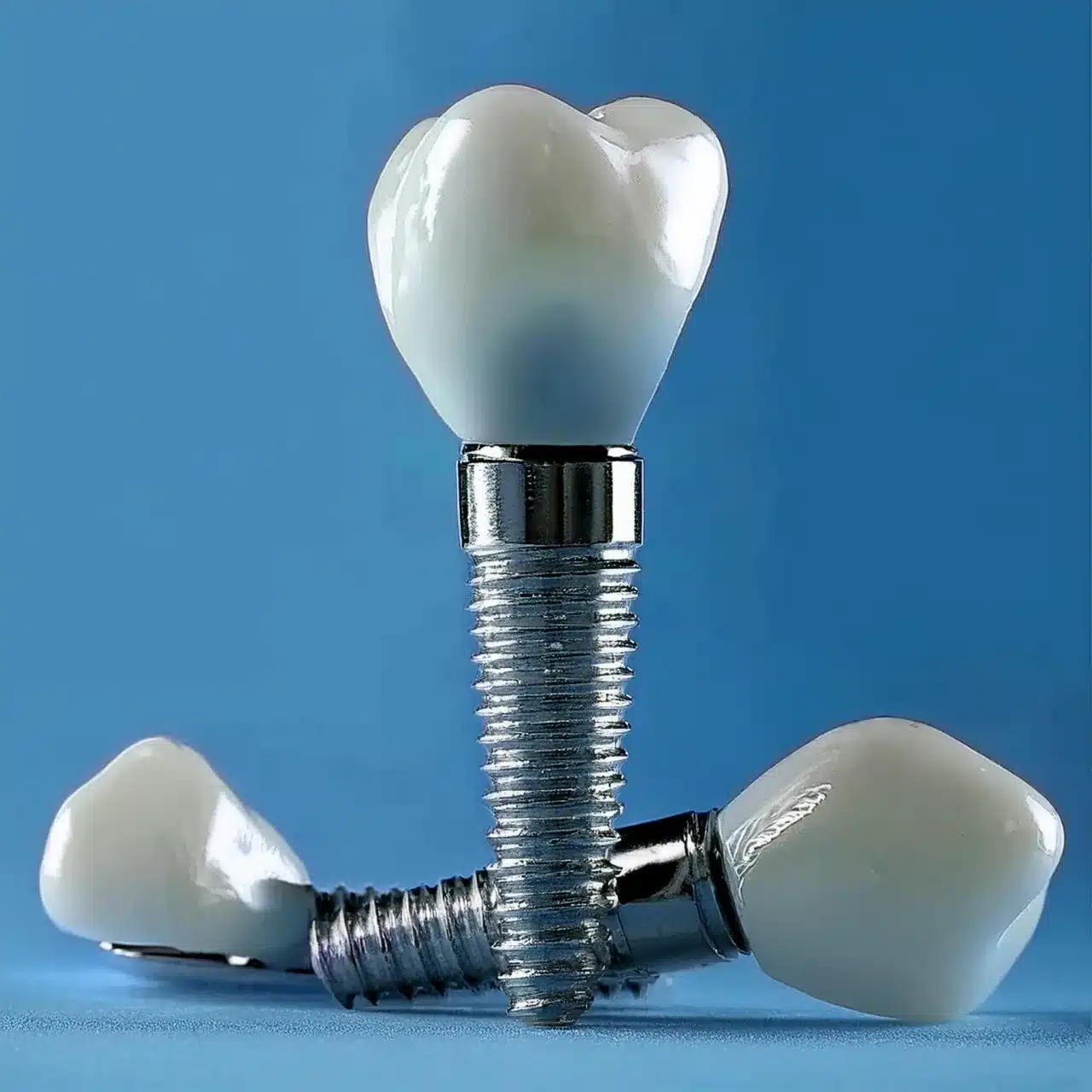
konkluzioni
A sinus lift is an effective solution for insufficient bone height in the upper jaw for dental implants.
With a high success rate and manageable recovery time, it’s a reliable option for patients who want to restore their teeth.
Knowing the takeaways will help you make informed decisions about your dental health.
FAQ
Referencat
Albadani MM, Elayah SA, Al-Wesabi MA, et al. A graftless maxillary sinus lifting approach with simultaneous dental implant placement: a prospective clinical study. BMC Oral Health. 2024;24:227.Article: A graftless maxillary sinus lifting approach with simultaneous dental implant placement: a prospective clinical study
Panchal M, Khare S, Khamkar P, et al. Dental implants: A review of types, design analysis, materials, additive manufacturing methods, and future scope. J Dent Sci. 2022;17:1-13.Article: Dental implants: A review of types, design analysis, materials, additive manufacturing methods, and future scope
Utah Perio. The Sinus Lift Procedure Guide: What You Can Expect. Utah Perio. 2023.Article: The Sinus Lift Procedure Guide: What You Can Expect
